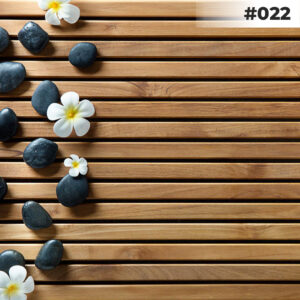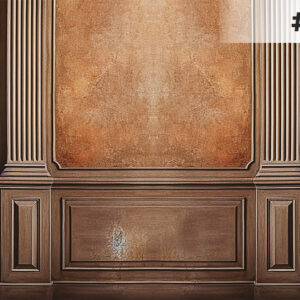Food photography is an art that tantalizes the senses, immersing viewers in the textures, colors, and flavors of delectable dishes. A crucial element in creating mouthwatering food photos is the backdrop. Often overlooked, the backdrop serves as the canvas upon which the culinary masterpiece is presented. In this comprehensive guide, we delve into the world of food photography backdrops, exploring their significance, types, selection process, and tips to elevate your food photography game.
The Significance of Food Photography Backdrops:
Food photography is a visual storytelling medium that communicates taste, ambiance, and emotions through images. The backdrop plays a pivotal role in enhancing the story by setting the scene and creating context. A well-chosen backdrop can evoke a rustic farmhouse feel, a modern urban vibe, or an elegant dining experience. The texture, color, and overall ambiance of the backdrop contribute to the overall visual narrative, influencing how the food is perceived.
Types of Food Photography Backdrops:
Natural Surfaces: Wooden tabletops, marble slabs, and stone surfaces provide a rustic and authentic feel. The textures of natural surfaces add depth to food images and can be particularly effective for capturing organic and rustic dishes.
Solid Colors: Solid colored backdrops, such as pastels or bold hues, offer a clean and minimalist look. They place the focus squarely on the food itself, making them suitable for showcasing intricate details and vibrant colors of dishes.
Textured Fabrics: Fabrics like burlap, linen, or patterned textiles introduce textures that can complement the textures of the food. They add warmth and character to the image, enhancing the visual appeal.
DIY Backdrops: Crafty photographers often create their own backdrops using materials like reclaimed wood, painted boards, or textured wallpapers. These DIY options allow for customization and can be tailored to the specific style of the photographer.
Props and Contextual Backdrops: Sometimes, the backdrop isn’t just a surface; it’s a scene. A fully set table, an outdoor picnic setup, or a coffee shop counter can serve as contextual backdrops that tell a story about the food’s environment.
Consider the Dish: The backdrop should complement the dish rather than overpower it. Lighter backdrops work well for darker dishes, while darker backdrops can highlight the vibrancy of colorful foods.
Create Contrast: A backdrop with contrasting colors and textures can make the food pop and add visual interest to the image.
Consider the mood, theme, and setting that best suit the dish and create a narrative.
Experiment with Textures: Different textures evoke different emotions. Experiment with smooth, rough, or textured backdrops to see which aligns with your vision.
Consistency: If you’re building a brand around your food photography, maintain consistency in your backdrop choices to establish a signature style.
Tips for Using Food Photography Backdrops:
Lighting: Pay attention to how lighting interacts with the backdrop. Soft natural light is often preferred for food photography as it brings out the details and colors of the dish.
Angle: Experiment with different angles to find the one that highlights the dish’s best features while also showcasing the backdrop.
Props and Styling: Props can enhance the narrative of the image. Consider using utensils, ingredients, and garnishes that complement both the dish and the backdrop.
Editing: Post-processing can fine-tune the relationship between the dish and the backdrop. Adjusting exposure, contrast, and color balance can help achieve the desired visual impact.
Backdrop Maintenance: Keep your backdrops clean and in good condition. Food spills or stains can distract from the beauty of the image.
Food photography backdrops are the unsung heroes of culinary artistry. They provide the canvas on which flavors and stories come to life. By understanding the types of backdrops, their significance, and how to choose and use them effectively, you can elevate your food photography from mundane to mesmerizing. Remember, every detail matters – from the texture of the backdrop to the lighting that bathes it. With a well-chosen backdrop, you can create images that not only tantalize taste buds but also evoke emotions and tell captivating stories through the lens.





